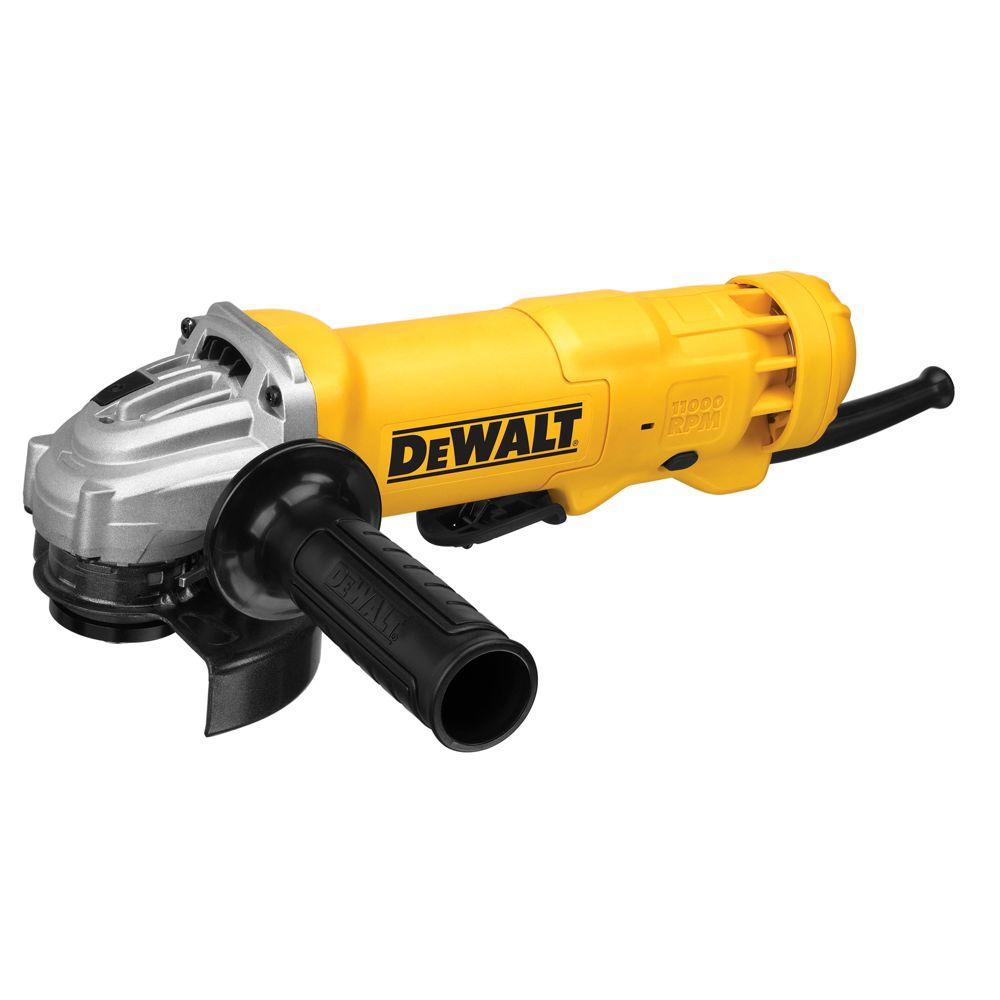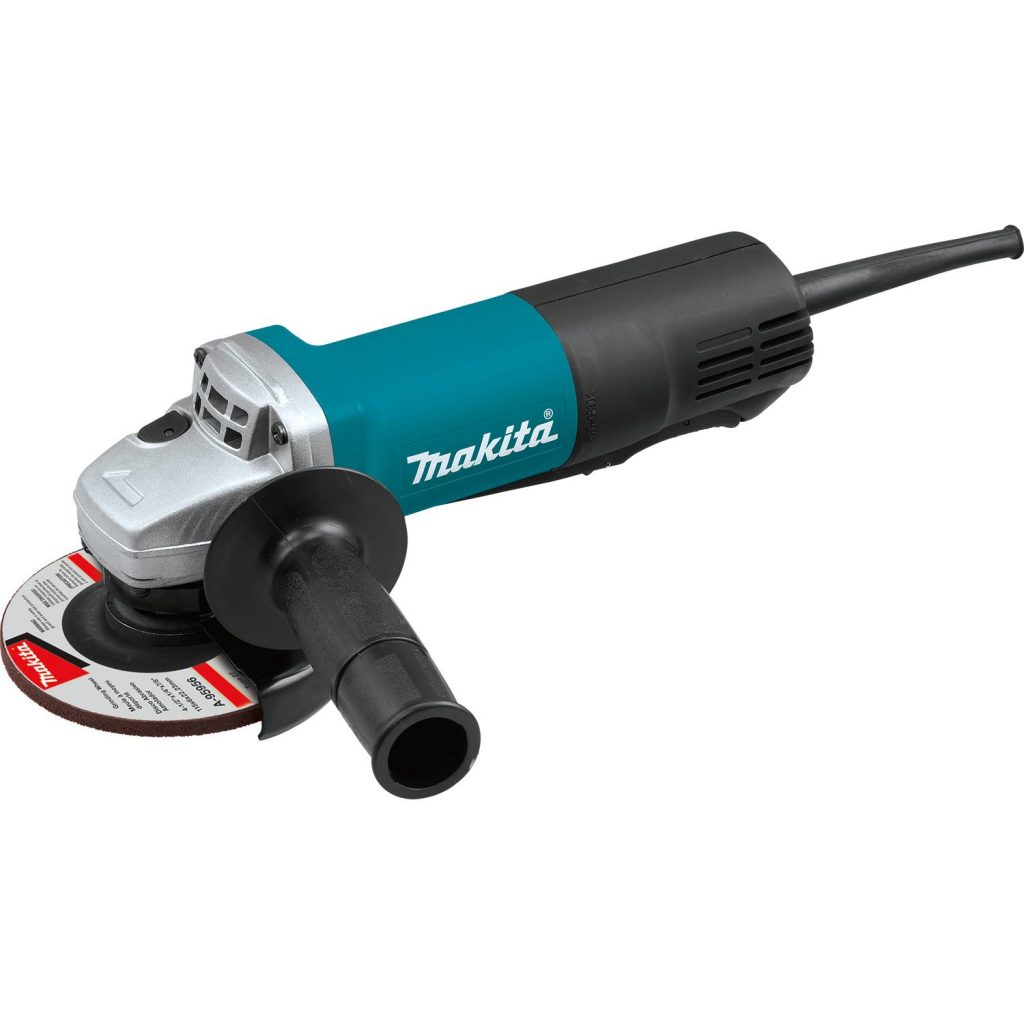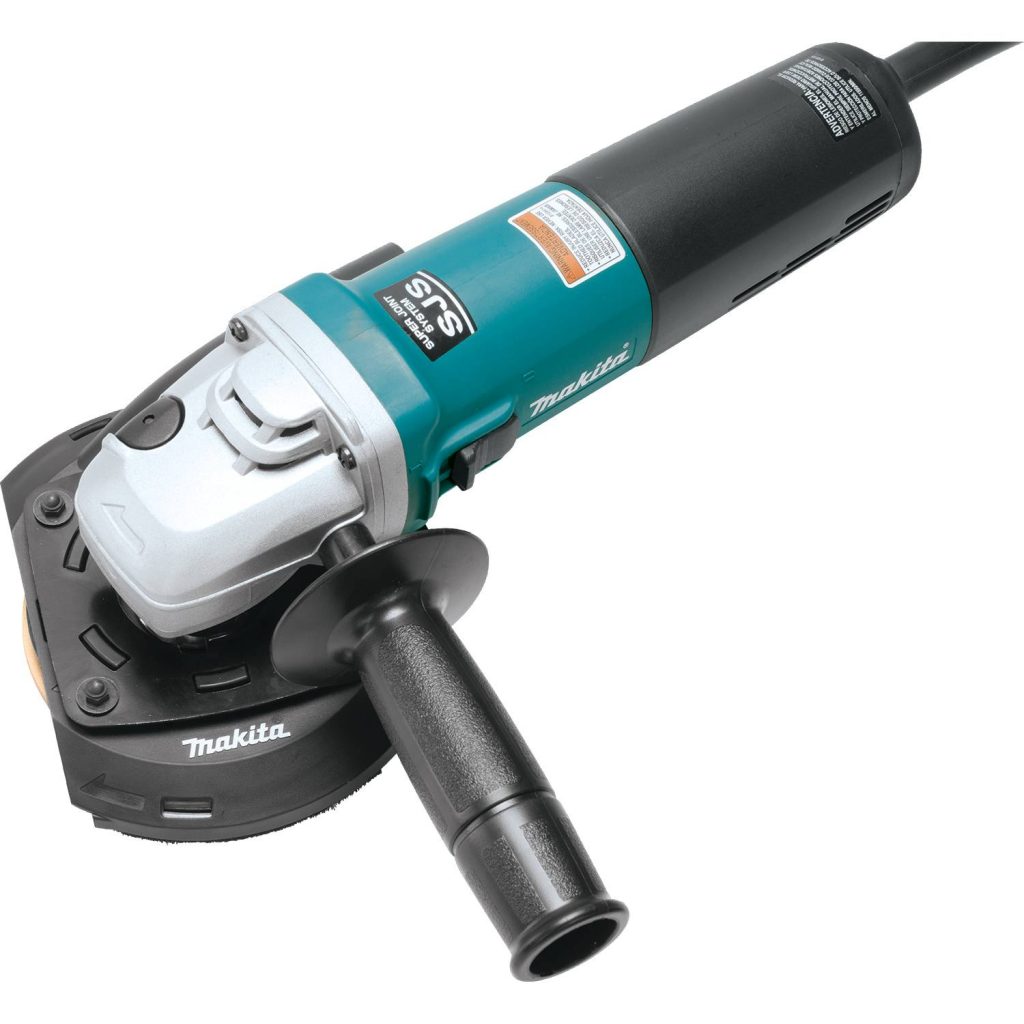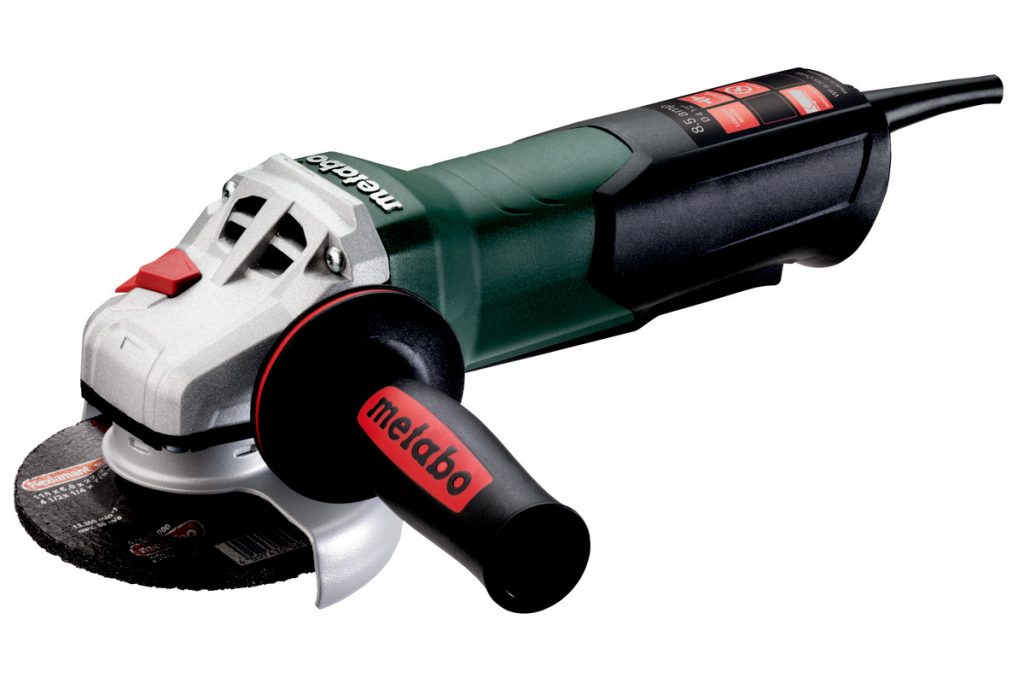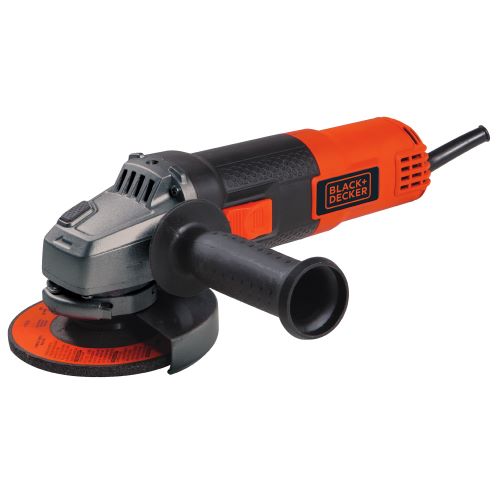Best Angle Grinders for 2020 – Our Picks
Best Angle Grinders for Welding
An angle grinder or disc grinder is used extensively in metalworking. First developed in 1954 by Ackermann + Schmitt (now FLEX tools), its unique design was the first to place a grinding disc in the horizontal position. From preparing surfaces prior to welding to grinding down welds (or slag) after, this tool is indefensible for every welder. Cutoff wheels, sanding and brushing attachments further add to this tool’s utility.
In most cases though, you’ll be using your angle grinder to clean rust off or mill scale and smooth out ragged edges. This helps create a stronger weld that is less likely to crack or be porous. Angle grinders are often much faster in cleaning off metal than a wire brush, and they take less effort, too. For welds that will be visible, grinding also helps to finish, polish and finalize the joint.
If you don’t own an angle grinder or are looking to replace an old one, we’ve put together a great list to help you out. Here are some of the best Angle Grinders on the market that you may want to consider before making a purchase.
DeWalt DWE402
DeWalt is known for being one of the top names in the handheld power tool market. Their DWE402 angle grinder is, not surprisingly, one of the best available. Powered by a 11,000 RPM motor that gives it the power needed to grind down just about anything you can throw at it, yet it’s still very affordable and budget friendly. The DWE402 does weighs six pounds, so while it’s a bit heavier than some, it’s built solid and made to last. It also features a dust ejection system that helps keep the motor clean, a quick-change wheel to swap out discs quickly, and a safety lock feature to reduce accidents.
Makita 9557PBX1
The Makita 9557PBX1 angle grinder is designed to be compact yet powerful and reliable. Grinders can be one of the most dangerous tools in your toolkit, which is why Makita has included a number of safety features, including protective guards and a unique construction designed to keep the internal motor clean to prevent malfunctions. The grinder uses a 7.5 amp motor and can function on AC or DC power. The large paddle makes it comfortable to use for long periods of time. It doesn’t offer variable speeds, but it should be able to do everything a DIY welder needs it to without leaving you wanting more.
Makita 9564CV
Another good Makita angle grinder is the 9564CV. While this grinder was designed with stone polishing in mind, it works perfectly well on most metals, too. It has a smooth starter that gets it up to speed quickly and safely. The 12-amp motor pairs well with the Makita Super Joint System, which is designed to keep the internal gears from breaking due to catches or binds. When combined with the unique Makita labyrinth construction and varnish, the internal mechanism is protected from most damage so there are few malfunctions. This grinder does allow you to select one of five different RPM settings, give you more control over your work.
Metabo WP9-115
The WP9-115 angle grinder by Metabo is a good compact grinder that runs at 10,500 RPM. That may be a little slower than some other options, but it’s a very small drop in RPM that won’t have a major impact on your projects. Changing tools and making adjustments to the grinder is designed to be as quick and easy as possible, and you don’t need any extra tools to swap wheels. The price is also very budget friendly. The downside is that the grinder’s control layout and grip isn’t the best. If you’re going to use it for long periods of time, you may find that it’s simply uncomfortable.
Black & Decker BDEG400
Black & Decker’s entry on this list is the BDEG400. This grinder is designed for longevity, and its metal gear case will keep it running longer than many other options even if you use it daily. The location of the side handles and controls also make this a very comfortable tool to use so you won’t feel pain or fatigue. To swap out accessories, all you need to do is hit the spindle lock button, no tools required. The overall weight and shape combined with the well-positioned handle and gear case means this is a grinder that you won’t be replacing anytime soon.
Conclusion
An angle grinder may seem simple tool on the surface but as you can see, there are features that separate the good grinders from the great ones. Variable speeds, ease of use, and even comfort can all make a difference considering you’ll be reaching for your grinder pretty often.
If you’re looking for a great angle grinder for welding or other types of metal working, check out the ones we’ve listed above. You’ll find everything from very budget-friendly options to models that give you all of the versatility you need.

